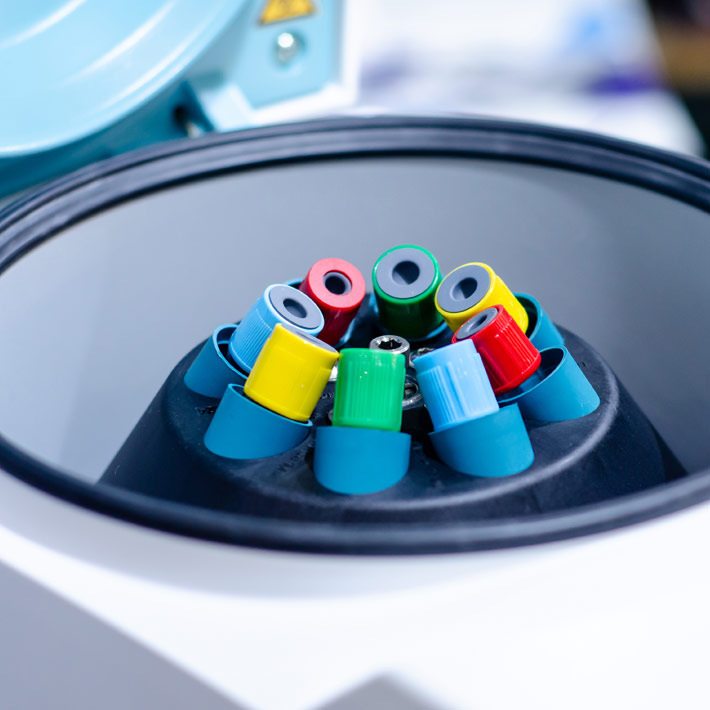1 June 2020
With the Saudi healthcare industry expanding to meet growing needs, incorporating digital technology seems like a natural progression, and one that many countries are embracing.
To study one aspect of the healthcare industry embracing digital technology in Saudi Arabia, KAIMRC’s Mostafa A. Abolfotouh analyzed the use of smartphones among healthcare workers in the kingdom, concluding that most workers do not use their smartphones for work purposes.
“Increasing use of smartphone applications among healthcare professionals has gained wide acceptance as a training and information tool,” says Abolfotouh.
Modern software provides clinicians with a range of benefits, including reducing potential human errors, improving the quality of patient care, and making inter-hospital communication smoother and more reliable.
More specifically, benefits of adopting mobile technology in healthcare extend to direct communication with patients. “Mobile devices allow providers to more easily engage patients through secure text messaging, patient portals and telemedicine,” says Khalid Alzahrani, the director of Advanced Computing & Technologies at KAIMRC. “Mobile apps that connect providers to electronic health records (EHRs) have grown in popularity as a way to enhance clinical documentation and optimize electronic medical record (EMR) workflow.”
Abolfotouh’s research examined the pattern of smartphone use in healthcare facilities and the perception towards its use among healthcare workers.
The cross-sectional survey, which took place at King Abdulaziz Medical City (KAMC) in Riyadh from October to November 2016, included 351 healthcare workers from various departments, including nursing, laboratories, radiology, infection control and paramedics.
The survey results showed that almost all healthcare workers owned one or more smartphones (96.6%), but only 42.3% used them for professional purposes. In contrast, about 60% of all respondents said they used other devices like tablets, and fewer than half of them installed applications for clinical practice (45.5%).
In terms of frequency, one third use their smartphone regularly, but only 6.1% said they always use the applications in their practice, the remaining 26.2% used it sometimes. The numbers are low compared to international figures on using mobile devices in healthcare.
A survey by the Accreditation Council for Graduate Medical Education (ACGME) in California showed that more than 85% of respondents used a smartphone. The reasons for applying smartphones in healthcare practice were as a source of drug information (69.8%), for disease diagnosis (56.4%), to access medical websites (42.5%), to review guidelines and protocols related to healthcare (34.1%), for procedure documentation (23.5%), and as a source of patients’ education materials (22.3%).
Abolfotouh’s study concludes that adoption of smartphone technology among healthcare workers in Saudi Arabia is low. The study demonstrated that “beliefs of healthcare providers in smartphone use, in terms of usefulness and practicality - was less than satisfactory, with only 11% reporting positive attitude.”
Abolfotouh adds that the finding might be attributed to the lack of a formal system implemented in the healthcare facilities in Saudi Arabia. Such a system would provide practitioners with immediate access to medical and health information could convince healthcare providers to use smartphones as a new technology that would impact the healthcare quality.
“There must be a necessary intervention from higher health authorities to enforce the importance of use of smartphones in clinical practice,” he explains.
A barrier to the usage of smartphones in healthcare might be the concern for patient safety and patient record confidentiality, explains Alzahrani, adding that when the issue is discussed in wider discourse, “the main argument was related to cyber security for patient record confidentiality.”
On a global level, current events may start to shape healthcare workers’ attitudes to the use of mobile devices. The current COVID-19 pandemic has already initiated change. “COVID-19 heavily shifted attitudes towards use of smartphone,” says Alzahrani.
References
- Abolfotouh, Mostafa A. Use of smartphone and perception towards the usefulness and practicality of its medical applications among healthcare workers in Saudi Arabia. BMC Health Services Research (2019).



